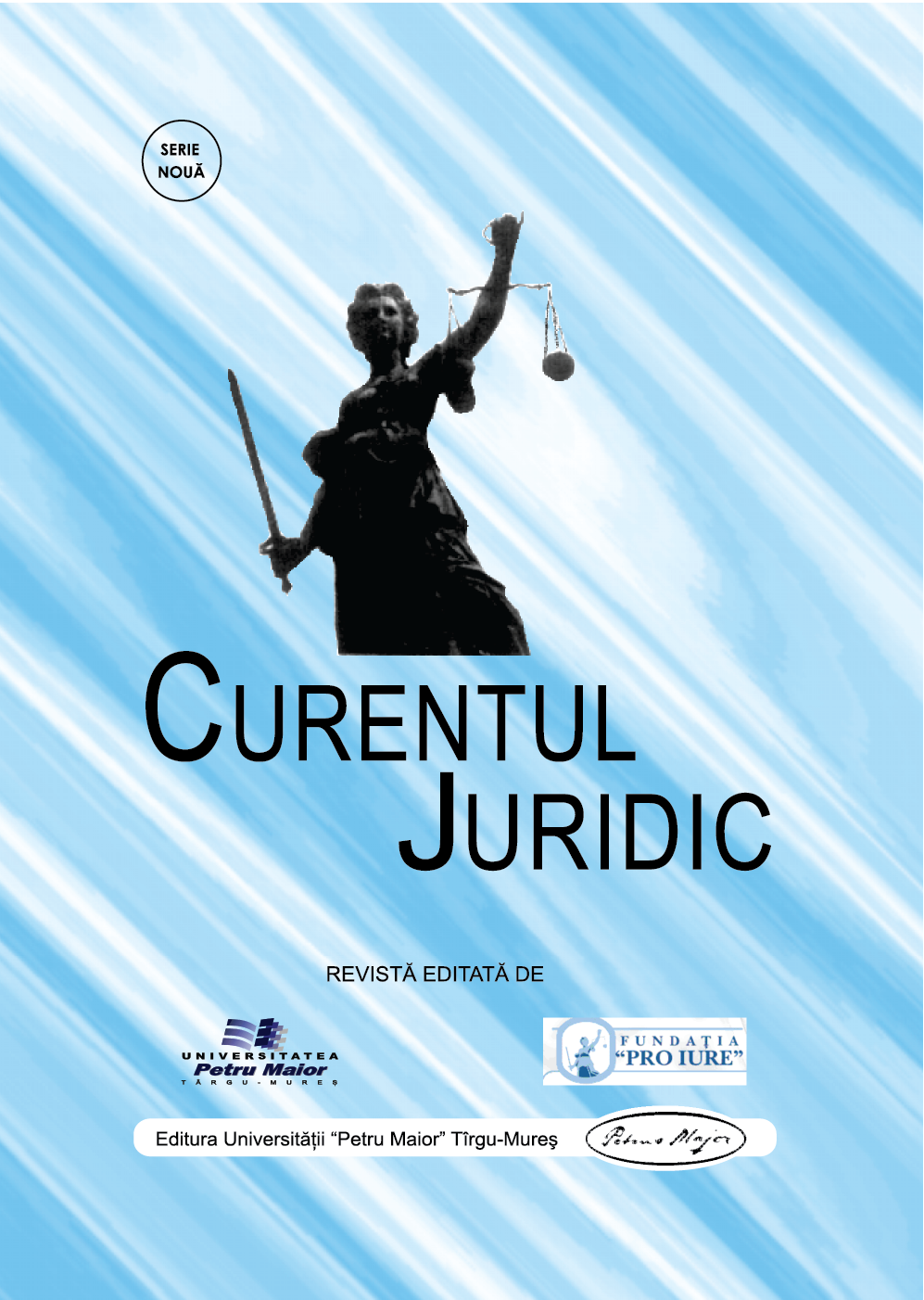THE MANAGEMENT OF GOOD COMMUNICATION IN THE P.A. BETWEEN ETHICS AND POST-MODERNITY
THE MANAGEMENT OF GOOD COMMUNICATION IN THE P.A. BETWEEN ETHICS AND POST-MODERNITY
Author(s): Nicola D'Alterio, Carla de IulisSubject(s): Law, Constitution, Jurisprudence, Administrative Law
Published by: Editura University Press, Universitatea de Medicina, Farmacie, Stiinte si Tehnologie “George Emil Palade” din Targu Mures
Keywords: Ethics; Public Administration; communication; mass media; IZSAM;
Summary/Abstract: Ethics, understood as respect for others, is a cultural approach.But, to think ethically and act accordingly, in our current system, often involves conflicts with oneself and with others. In the post-modern era, where the role of the “media” is fundamental for the proper functioning of the Public Administration (P.A.), it’s imperative to set up a regulatory and cultural environment, that the role and ethical responsibility of “media” and “communication” in the same bureaucracy. It is undisputed that “mass media” ensures greater visibility of the decision-making procedures and the public figures: all this increases their power and their responsibility towards the citizens.IZSAM “G. Caporale”, an Italian veterinary public health institution, between the end of 2008 and the beginning of 2009, equipped itself with a new Institutional Communication structure, focused on the specific task of conveying, through television communication too, its institutional activities (in the field of food, health and environmental safety), aimed at the protection and welfare of citizens... If, in the past, public sector workers could have been considered “even” civil servants, servant of the State, today, they must be above all identified as “servant citizens”. It, therefore, requires a public authority at the service of citizens, companies, communities, and not self-referential or, worse, tied to political power by a subjection relationship. Actually, the structure of institutional communication of IZSAM, was born to fill up the distance that still remains between its activities and public opinion. This gap needs to be shortened up to its final elimination. This gap can be solved via an “integrated” communication plan, consciously using each type of available communication tools (including journalistic deepening, Tv Spots, insights and press offices’ activity).All that said, in the belief that at the center of public ethics is the correct functioning of the public sphere, understood as a space for debate, however, free by restrictions and private interests, a place for exploring ideas to build the public opinion. But all this can happen, only if there are no restrictions and individual interests.
Journal: Curentul Juridic
- Issue Year: 84/2021
- Issue No: 1
- Page Range: 98-104
- Page Count: 7
- Language: English

